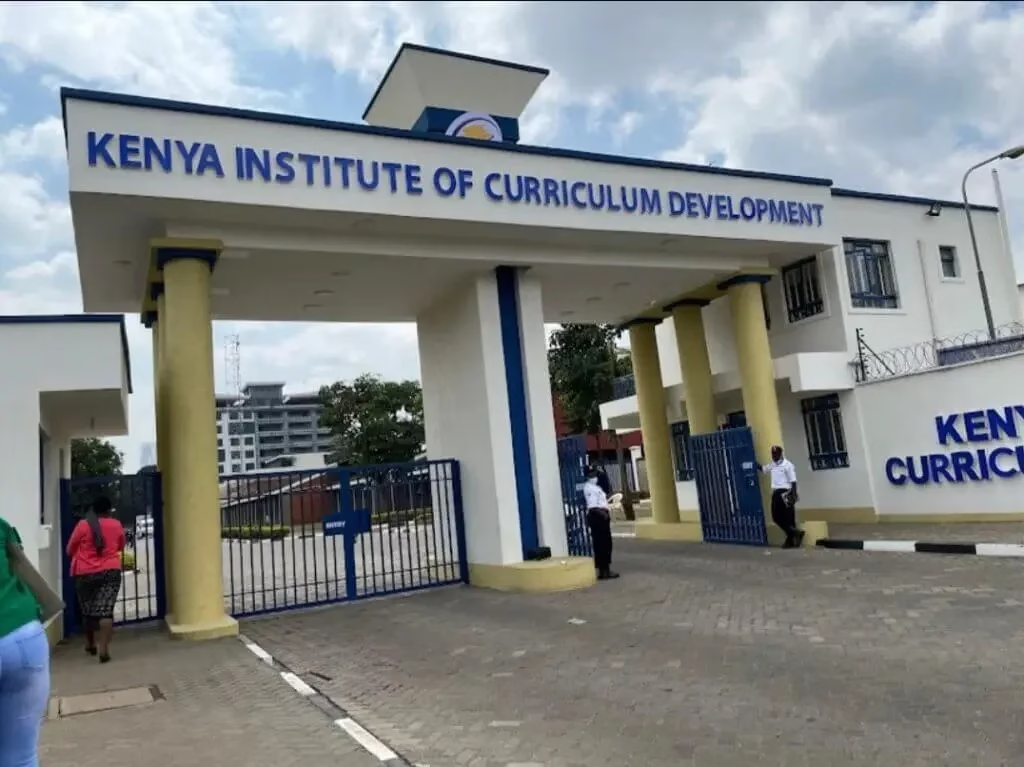
On Saturday 14th June the chairman of Kenya institute of curriculum development ( KICD) stated that there will be two forms of mathematics provided for students in the secondary schools: one designed for students pursuing the Science, Technology, Engineering, and Mathematics (STEM) track, and another for those focusing on arts, sports, and social sciences.
As stated by Professor Simon Gicharu during a visit to Murang’a High School with alumni, the chairman of the Kenya Institute of Curriculum Development (KICD), students following the STEM track will study core mathematics, while those in the arts, sports, or social sciences will learn essential mathematics.
Professor Gicharu emphasized that essential mathematics for senior students is crucial for enhancing their computational skills alongside critical thinking and problem-solving abilities.
So what is new and how are these two forms different or better from the original form studied in the past?.
Education officials and experts observed that the original form of mathematics proved complex, hence led to many students having a negative attitude towards the subject. This complexity was brought by the subject having a broader coverage of different topics.
“Initially, mathematics was not to be compulsory in senior schools, but after stakeholders called for the subject to be included among compulsory subjects, KICD factored mathematics and designed it into two forms,” said the Chairman.
Core Mathematics focuses on theoretical concepts, abstract reasoning, and problem-solving skills, preparing students for careers in science, technology, engineering, and mathematics (STEM) fields. It covers topics such as algebra, calculus, geometry, and trigonometry, emphasizing analytical thinking.
In contrast, Applied Mathematics takes a practical approach, relating mathematical concepts to real-world scenarios. This form of mathematics includes statistics, financial mathematics, and basic arithmetic applications, targeting students interested in business, social sciences, and vocational careers.
He observed that Information and Communication Technology (ICT) skills would be offered to all learners to facilitate learning and enjoyment. He also emphasized the government’s dedication to executing Competency-based education, stating that these preparations are set for the transition of the current grade nine students
“CBC has been successfully implemented in Kenya since 2019, with the first cohort currently in Grade 9. In the year 2026, the Grade 9 learners shall transition to Senior School (Grade 10). Senior school comprises three years of education for learners in the age bracket of 15 to 18 years and marks the end of Basic Education as defined in the Basic Education Act, 2013,” he explained.
Murang’a High School Principal Willy Kuria thanked and praised the alumni of the school for visiting and mentoring students, especially this time, the government is implementing CBE. He closed his remarks with a request.
”I appeal to alumni to visit their respective former schools and talk with learners, encourage them and counsel them, especially on challenges facing students in the current times,”.
Kenyan parents only have to hope and trust that these new changes will have a positive impact on the future of their children.


It’s interesting to see how Kenya is tailoring its mathematics curriculum to better suit students’ diverse career paths. Splitting it into Core and Applied Mathematics seems like a thoughtful approach to address the varying needs of STEM and non-STEM students. However, I wonder if this division might unintentionally create a perception that one form is “easier” or “less important” than the other. How will the education system ensure that students in the arts and social sciences still value and engage with mathematics? Also, will teachers receive specialized training to effectively deliver these two distinct forms? I’m curious to know how this change will be received by students and parents, especially those who struggled with the previous curriculum. Do you think this will truly improve students’ attitudes toward mathematics, or could it lead to further polarization?
Wir haben libersave in unser regionales Gutscheinsystem eingebunden. Es ist toll, wie einfach man verschiedene Anbieter auf einer Plattform bündeln kann.